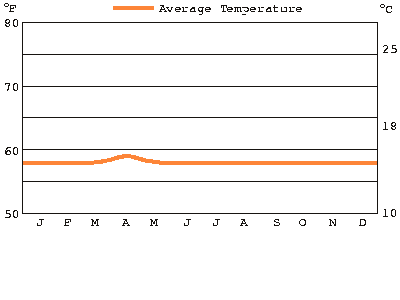Ecuador
“Famous for Galapagos Islands, Ecuador is home as well to national parks with jaguars, spectacled bears, three-toed sloths, electric-blue butterflies with 10-inch (25-cm) wingspans and more than twice as many bird species as in all of North America—Andean condors, monkey-eating harpy eagles, 120 kinds of hummingbirds, 25 parrot species, and much more.”
Twenty-two-year-old Charles Darwin, a “young man of enlarged curiosity” aboard the sailing ship Beagle, stopped by the Galapagos Islands in 1835 and observed creatures in situations that led to his seminal Origin of Species and theory of evolution. Today this string of islands 672 miles (1,120 km) out in the Pacific Ocean makes up Ecuador’s most famous national park, a mecca for eco-travelers and world scientists.
It is not, however, the only significant natural feature of this relatively small country which has 26 of the world’s 32 major life zones in habitats ranging from cold, high Andes to lowland rain forests and sandy coast and is regarded by ecologists as a “megadiversity hotspot,” one of the most species-rich nations on the globe.
More than 300 mammal species here include rare spectacled bears, wary jaguars, tapirs, ocelots, llamas, and two-and three-toed sloths with algae-green- tinged fur, hanging from trees. They are accompanied by the wail of howler monkeys, engaging little tamarins and marmosets, and a half-dozen other primate species.
More than twice as many bird species as in all of North America—over 1,600—include 120 kinds of iridescent hummingbirds, 45 parrot species, harpy eagles which can carry off large monkeys, dozens of bright tropical tanagers and cotingas, and the world’s largest flying birds, 22-pound (10-kg) Andean condors sailing on nine-foot (3-m) wingspans.
Dazzling butterflies include electric-blue morphos with up to 10-inch (25-cm) wingspans. Some 400 kinds of amphibians include frogs that spend their whole lives in trees, laying eggs in water caught in bromeliad cups; poison-arrow frogs with colorful toxic skins; marsupials that carry, fertilize, and hatch eggs in pouches under their skins. More than 400 snake varieties include poisonous fer-de-lance and 30-foot (6-m) anacondas; 1,000 kinds of fish include piranhas and electric eels that carry a 600-volt charge.
More than 20,000 kinds of vascular plants support unique ecosystems. Each rain forest tree species can harbor 400 individual animal varieties in complex interrelationships, many still being discovered, making rapid destruction of these forests particularly distressing.
National parks and reserves cover about 18 percent of Ecuador’s 99,000 square miles (256,000 km2). For the most part, however, they lack tourist infrastructure, staff to protect them adequately, and some are so remote they are difficult to visit. All are under threat from varied sources—poaching for skins and the pet trade, oil drilling, logging, mining, ranching, illegal fishing, shrimp farming which permits mangrove destruction, and colonization. Nevertheless in almost all of them are nongovernmental organizations (like Fundación Natura) that work with communities developing activities focused on sustainable management.
Ecuador
GALAPAGOS NATIONAL PARK as well as...
Antisana Ecological Reserve
Cuyabeno-Imuya National Park
Yasuni National Park
More about the Reserves in ecuador
Each button selection will take you to a site outside the Nature's Strongholds site, in a separate window so that you may easily return to the reserve page.
Advertisement





